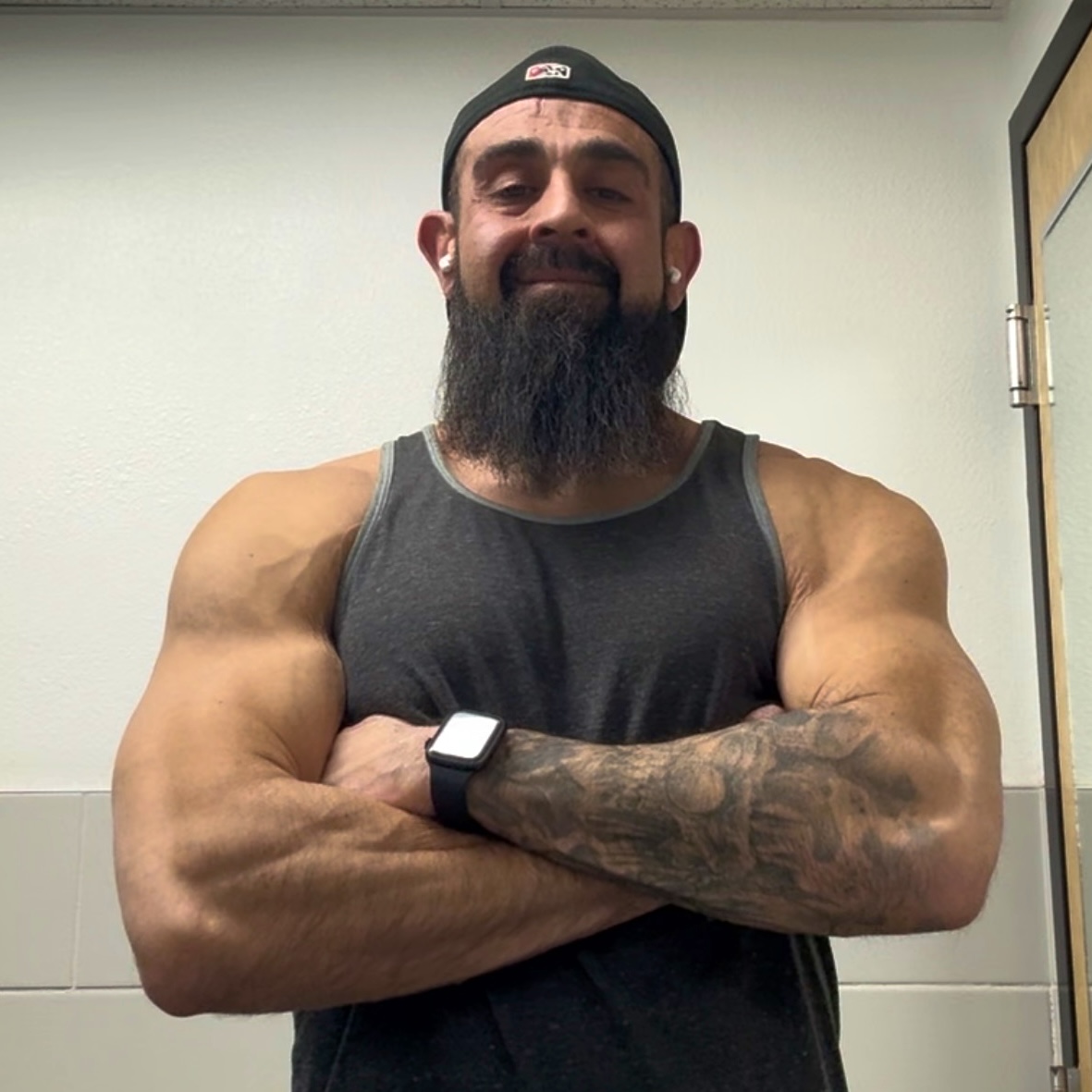Why Functional Fitness and Age-Specific Training Are the Future of Long-Term Results
- Roger Garcia
- May 4
- 2 min read
Updated: May 24

Let’s get one thing straight—if your workouts aren’t built for your lifestyle, your age, and your goals… you’re just spinning your wheels. In 2025, functional fitness and age-specific workouts are leading the charge for sustainable results that last beyond a quick pump or a 30-day shred.
This isn’t just about getting fit. It’s about staying functional, pain-free, and strong—whether you’re 25 or 65.
What Is Functional Fitness, Really? Forget fancy equipment and flashy gym routines. Functional training focuses on movements you use in real life—pushing, pulling, squatting, carrying, and rotating.
It’s about:
Strength that transfers to daily life
Mobility that prevents injury
Core stability that improves posture
Conditioning that supports endurance
You train to move better—not just look better.
Why Age-Specific Programming Matters What works for a 25-year-old lifter won’t cut it for someone in their 50s dealing with joint stiffness or muscle imbalances. And it shouldn’t. Fitness over 40 and beyond should focus on:
Preserving muscle mass (sarcopenia is real)
Improving joint health and mobility
Boosting metabolic function with resistance training
Training around injury or chronic pain
This doesn’t mean going light. It means training smart.
Trending Right Now: Performance with Longevity in Mind You’ll see more people swapping out high-impact HIIT for:
Low-impact strength circuits
Mobility + strength fusion workouts
Kettlebell and bodyweight training
Glute, core, and posterior chain focus
Tempo-controlled lifts for tendon and joint safety
Functional fitness is dominating for a reason—it gets you strong without wrecking your body.
Example Split: Age-Smart Functional Training (for Men & Women 35+)Day 1: Push & Core Dumbbell bench press, landmine press, planks, push-ups with tempo
Day 2: Hinge + Conditioning Kettlebell deadlifts, banded RDLs, sled pushes, step-ups
Day 3: Pull + Mobility Pull-ups, resistance band rows, rear delt flys, thoracic openers
Day 4: Total Body Function Squat pattern, carry variation, rotational core work, breathwork cooldown
Why This Style Is Winning People want more than aesthetics—they want performance, energy, and injury prevention. Whether it’s getting off the floor without pain or carrying groceries without throwing out your back, functional workouts for aging athletes are the real flex.
Plus, they build the physique too. Strong glutes, mobile hips, a resilient core? That’s your foundation for everything else.
Final Takeaway: If you want to train for the long game, it’s time to level up your programming. Prioritize function over flash, train in a way that matches your body’s needs, and stop trying to outwork poor recovery or outdated routines.
The future of fitness is smart, sustainable, and built to last—and you can still build muscle, drop fat, and feel like a beast doing it.
Ready to train smart, not just hard?
Whether you're 30, 50, or beyond—it's never too late to move better, feel stronger, and build a body that performs.
If you want a custom program designed around your age, joints, and goals—let’s build it together.




Comments